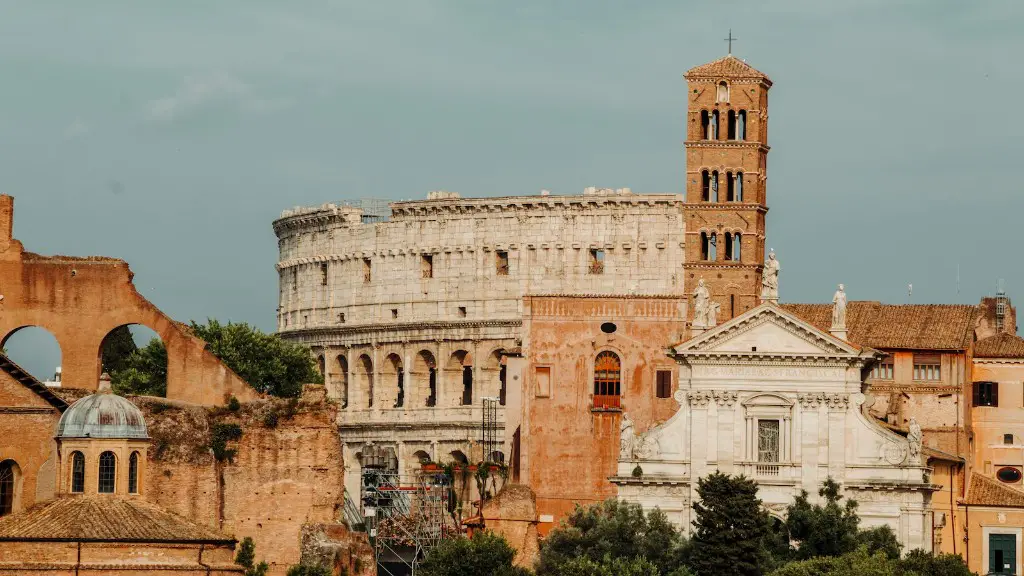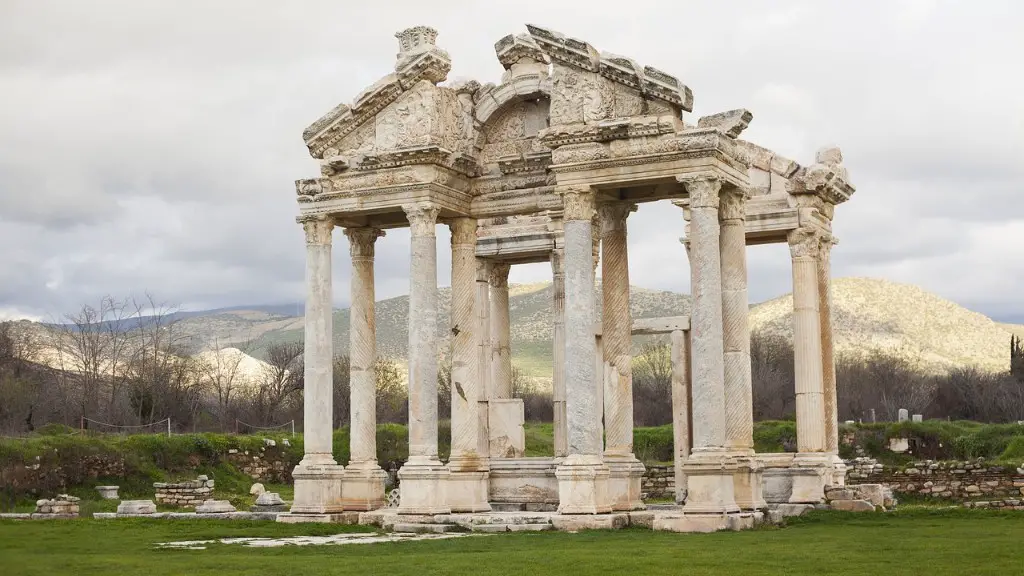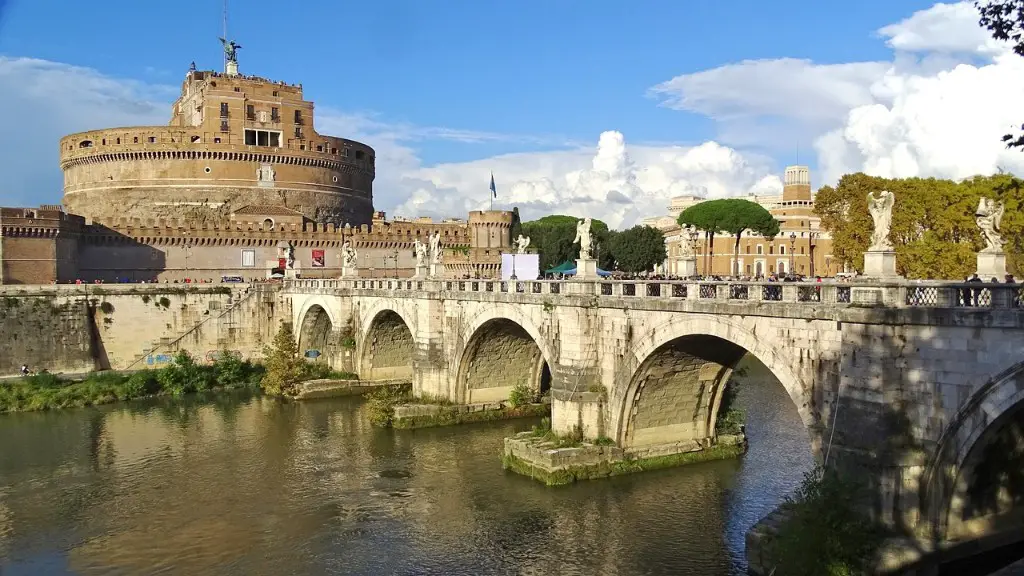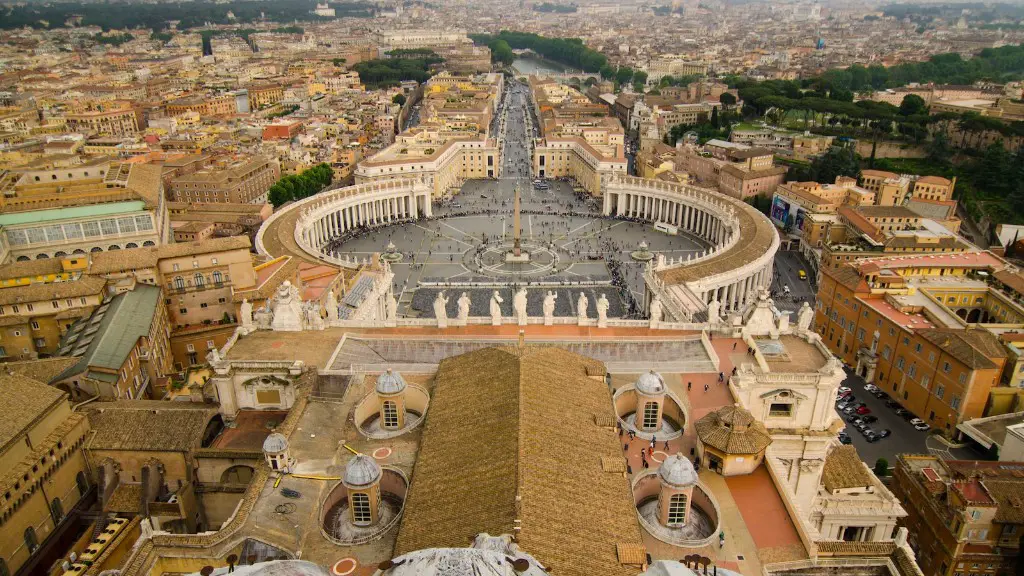Life as a child in ancient Rome was far from easy. Most children were expected to pull their own weight from an early age and follow their parents’ footsteps. Roman children were indoctrinated from an early age to assimilate the values of their culture, such as the importance of honour and bravery. Children were expected to learn and adhere to the rules of the household, the paterfamilias, or head of household. They were also subject to disciplinary measures such as mild physical punishments to teach them the importance of obedience and discipline.
Although sources like Tacitus mention that children could be punished quite severely, they also note that most parents showed pronounced affection to their children. Parents wanted their children to learn practical skills that would prove useful in later life and were thus instructed in weaving, gathering, cooking and a range of other everyday manual tasks from a young age.
Most children in Ancient Rome were taught by their father or a respected slave. The wealthy could afford to send their children to school, where they would learn the basics of reading, writing and mathematics. These schools were commonly run by slave masters and the student’s education tended to be narrow, training them principally in the arts of rhetoric and war. Physical education was also prominent, including swimming, chariot racing and the training of gladiators.
Child mortality rate in ancient Rome was high. A large percentage of Roman children died before they reached adulthood, either due to hazardous living conditions or diseases. Girls were especially vulnerable as they had to work harder and were subject to higher mortality rates. According to historians, around 50/55% of boys and twice as many girls died during their childhood.
Girls were usually married at a much earlier age than boys, running the risk of having to bear children at a very young age. It was a common custom to ‘marry off’ girls much earlier than boys, to ensure that the financial burden of supporting them was alleviated.
Roman children were constantly surrounded by violence.the streets and even the house were filled with violence of which the children were aware. Children were exposed to blood sports such as gladiatorial combat, which reinforced the ideal of courage and honour. The Roman legions and their conquering armies were admired by Roman children, who strived to emulate the soldiers’ success and camaraderie.
Despite the dangers and hardships, children in ancient Rome also enjoyed a range of extracurricular activities such as theatre, music, sports, and military drills. Ancient Rome was, after all, one of the most powerful and wealthy cultures in antiquity, and children of all social classes enjoyed its riches. For example, wealthy children in particular often had the luxury of attending private schools and getting all the best education.
Feeding and Nutrition
Feeding the Roman child was a top priority for many Roman parents. Although most of their diet consisted of grains, bread, vegetables and fruits. Affordable cuts of meat such as pork, mutton and beef were a common staple in the wealthy diet, while the poor relied heavily on legumes and vegetables with lesser quality meats such as offal. Milk and cheese was also consumed mainly by the wealthy. Even the diet of a poor diet in Ancient Rome was of better quality compared to many other ancient societies.
While the wealthy could afford to supply their children with fresh produce and quality cuts of meat, the poor mainly relied on dried foods and small animals such as snails and crabs, as well as stale breads. Although the child’s diet wasn’t varied or always of the best quality, it was nonetheless given considerable importance by adults and children alike.
Families were known to eat together, with the parents at the head of the table and the children towards the end. The children were fed the best and richest foods first, for example cuts of meat, whereas the adults would save the less valuable portions for themselves. This distinction between adults and children was conserved in Ancient Rome and although there was no formalised system of portion sizes, adults were typically more generous towards the children and allotted them more than they received.
Leisure Time Activities
Leisure time activities were often associated with the wealthy in Ancient Rome. Nevertheless, children of all classes and social standings partook in recreational activities. Most commonly, boys and girls would play with dolls, spinning tops, hoops and balls. Wealthy children would often have access to more sophisticated toys, while the poorer children had to make do with makeshift toys from whatever materials were available.
Board games were also popular, including a game similar to modern chess or checkers. Animal sports were favoured by the upper classes, particularly hunting and chariot racing. Swimming was also very common amongst all classes, in particular during holidays and feast days. Working class children predominantly favoured street games such as handball, hide and seek, and kick the can.
Legends from Ancient Rome also suggest that children were very creative in how they used their leisure time. Children were said to make up stories, play pranks on unsuspecting passersby, recreate battle scenes and participate in rituals. Children were also known to take full advantage of the circuses, plays, gladiator battles and public festivals in Rome, attending them on a regular basis.
Status and Position
Status in ancient Rome was of primary importance for both adults and children. Roman children were usually much less highly regarded than adults, being seen as unable to make decisions for themselves or take responsibilities in the way that adults could. In spite of this, it was also important for a Roman child to be able to defend itself and its family, as it was seen as a sign of honour and courage.
Depending on their social class, Roman children had different rights and privileges. Wealthy children had more resources in acquiring an education and had more free time available, allowing them to participate in recreational activities. Poorer children meanwhile had to work hard to support their families, being subjected to more harsh living conditions. Slaves children, of course, had no legal rights at all, no right to education and were left at the mercy of their masters.
Slaves also had no legal recognition as children, so they would not be treated as such by their masters. They were subject to the same treatment as any adult and were only able to interact with their own peers or with those of the same class. Wealthy Romans, on the other hand, had the luxury of courteous and polite interactions with each other and had the privilege of having greater freedoms and rights.
Religion and Beliefs
Religion was a major part of life for the Ancient Romans, and this applied to Roman children as well. Cultures in Ancient Rome were widely diverse, with different beliefs and practices relating to gods and goddesses. Religion was an important part of life and education, with the gods and goddesses being imbued with an aura of reverence and admiration.
Religious festivals were also very popular, with a huge range of activities, such as games and feasts, in honour of the gods. Wealthy children would have participated in these festivals with their families, while poorer children often had to take part in them alone. Slaves would also attend, but they were typically forced to participate.
Sacrifices, too, were seen as important religious practices, particularly during the period of the Roman Republic, when animal sacrifices were commonplace. The dead animal was traditionally seen as a representation of a god or goddess and was gifted to the deity in exchange for protection, material wealth or health.
Conclusion
It is clear from sources and stories from Ancient Rome that life was profoundly difficult for children in Ancient Rome. No matter their social class, children were subject to tough living conditions and were often ignorant of their rights, but were nonetheless surrounded by vast cultural and religious events. They had access to entertainment, recreation and education, playing an important role in their families and future generations. Life as a child in ancient Rome was hard but the cultural and religious imprint it left and the lifestyle of Ancient Rome has continued to influence us to this day.




